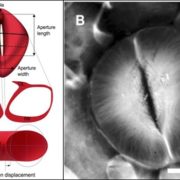
Update: Finite element modeling of shape changes in plant cells
Blog, Plant Physiology, Plant Physiology: Updates, Research, Research BlogBy Amir Bidhendi and Anja Geitmann
Abstract
Plant cells come in a striking variety of different shapes. Shape formation in plant cells is controlled through modulation of the cell wall polymers and propelled by the turgor pressure. Understanding the shaping aspects of plant cells requires knowledge…
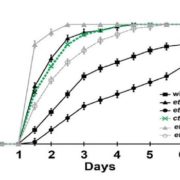
Non-Canonical Signaling of Ethylene Receptors
Blog, Plant Physiology, Plant Physiology: On The Inside, Research, Research BlogEthylene is a gaseous plant hormone that affects the growth and development of plants and mediates plant stress responses. Ethylene is perceived by a family of five receptors in Arabidopsis thaliana including ETHYLENE RESPONSE1 (ETR1) and ETR2. Surprisingly, there are cases where the different ethylene…
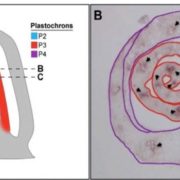
Engineering Increased Stomatal Density in Rice
Blog, Plant Physiology, Plant Physiology: On The Inside, Research, Research BlogThe coordinated differentiation of cell types during the metamorphosis of an organ is crucial for ensuring that the final form of the organ is appropriate for itsfunction. A case in point is the photosynthetic function of plant leaves that requires chloroplast-containing cells in the middle leaf layers…
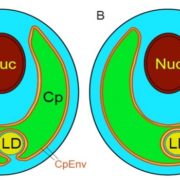
Do Lipid Droplets Exist in the Chloroplast Stroma?
Blog, Plant Physiology, Plant Physiology: On The Inside, Research, Research BlogUnderstanding the metabolic pathways underlying oil production and the precise intracellular localization of lipid droplets is crucial for successfully engineering microalgae for biofuel production. The microalga Chlamydomonas reinhardtii accumulates considerable amounts of starch and triacylglycerol…
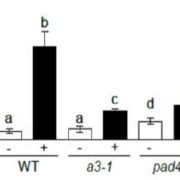
Actin and Aphid Feeding
Blog, Plant Physiology, Plant Physiology: On The Inside, Research, Research BlogRemodeling of the actin network in plant cells involves the severing, depolymerization and polymerization of F-actin. A variety of actin-binding proteins are involved in remodeling of the actin cytoskeleton, including the actin-depolymerizing factor (ADF) family of proteins. As a result of their ability…

Origin and Role of ABA in Stomatal Regulation
Blog, Plant Physiology, Plant Physiology: On The Inside, Research, Research BlogWhen the vapor pressure difference (VPD) between a leaf and the atmosphere increases (i.e., when air humidity decreases), guard cells lose turgor, thereby leading to stomatal closure. The evolution of this mechanism was an important step in the colonization of land by plants, since it enabled plants…
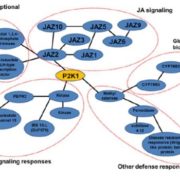
Extracellular ATP Boosts Plant Immunity Via Jasmonate Signaling
Blog, Plant Physiology, Plant Physiology: On The Inside, Research, Research BlogDamage-associated molecular patterns (DAMPs) are endogenous chemicals that are released from damaged cells and which play a role as “danger signals.”
Adenosine 5’-triphosphate (ATP) becomes a DAMP signal after release into the extracellular milieu following cellular damage. Extracellular ATP…
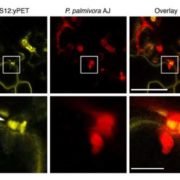
LYS12 LysM receptor decelerates Phytophthora palmivora disease progression in Lotus japonicus
Blog, Plant Science Research Weekly, Research, Research BlogIt might sound odd, but so far it was hard to find a nice pathogen infecting model legume plants. Fuechtbauer and colleagues showed the capacity of an oomycete (Phytophtora palmivora) to infect Lotus japonicus and describe how a LysM receptor, LYS12, is partly mediating this plant-microbe interaction.…
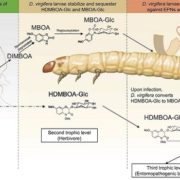
Sequestration and activation of plant toxins protect the western corn rootworm from enemies at multiple trophic levels
Blog, Plant Science Research Weekly, Research, Research BlogPlants are attacked by diverse herbivores but have also evolved strategies to resist them. However, highly adapted herbivores exist, including those that have evolved the ability to stabilize, sequester and reactivate plant toxins. This evolved trait has contributed to herbivore defense against higher…

